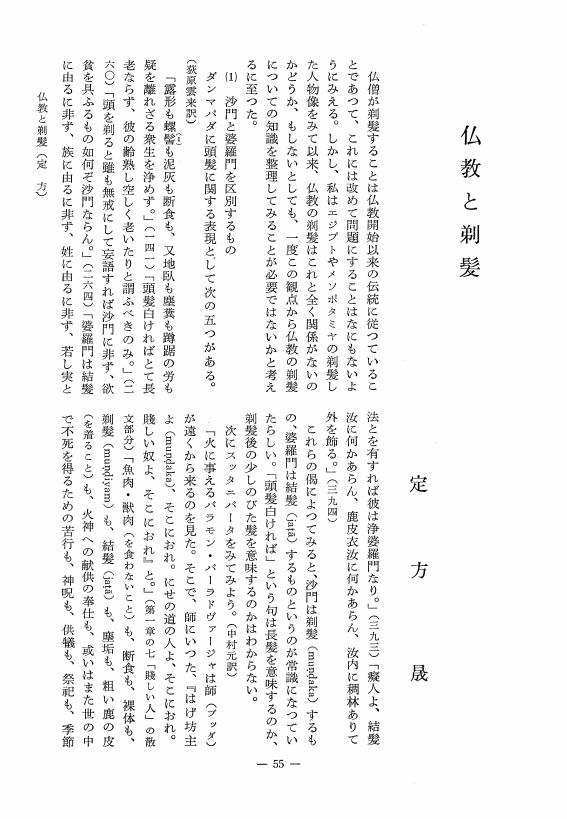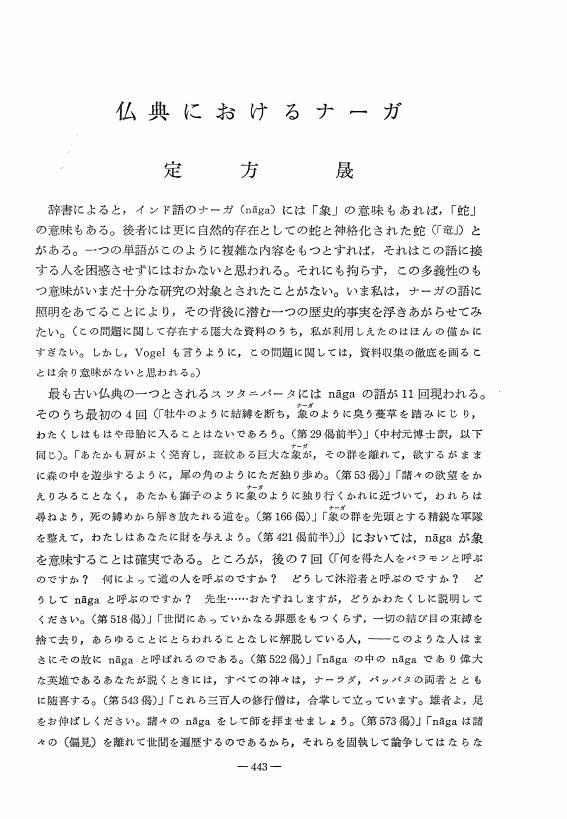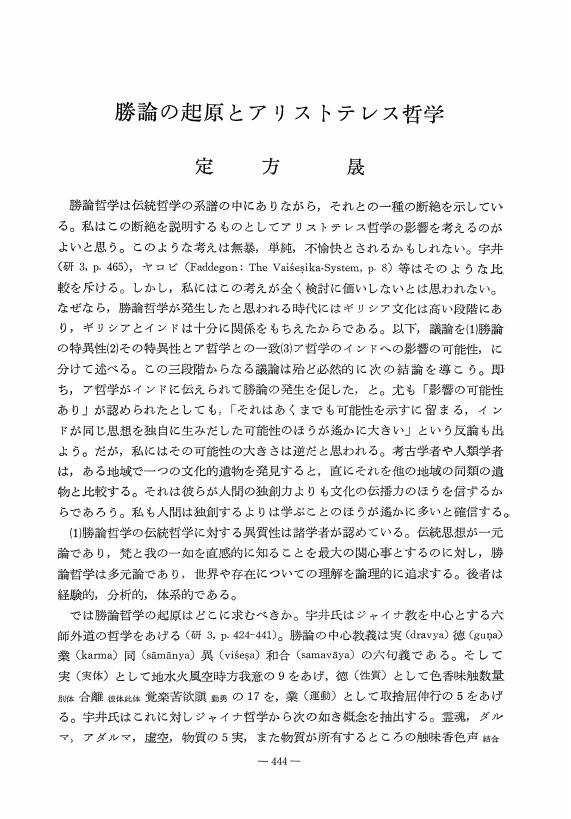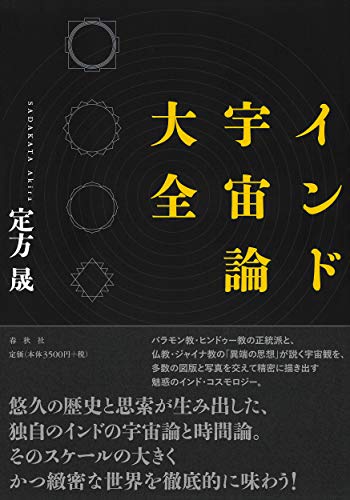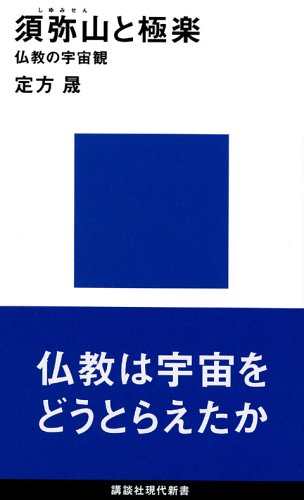58 0 0 0 IR 新田義貞の鎌倉進撃路
- 著者
- 定方 晟
- 出版者
- 東海大学文学部
- 雑誌
- 東海大学紀要 文学部 (ISSN:05636760)
- 巻号頁・発行日
- vol.81, pp.37-63, 2004
Nitta Yoshisada put an end to the Kamakura Shogunate in 1333. According to the chronicle Taiheiki, he started from the Ikushina shrine in the Gummma-prefecture. It is generally supposed that he marched directly southward, because that is the shortest way to Kamakura. In fact there are several local traditions in the areas to the southward of the Ikushina shrine. One tradition says that Yoshisada crossed the Tone-River at such and such a place and that there still exists a pine-tree to which Yoshisada attached the rope of his boat. Another tradition says that Yoshisada climbed a pine-tree to watch the camp of his enemy and that the pine-tree still exists. Recently, however, a new theory appeared according to which Yoshisada marched westward at first from the Ikushina shrine and, arriving at Yawata (near Takasaki city), he joined with allied armies and then marched southward. When we accept this theory, we can solve some important riddles and get a better understanding of the political situations of the epoch. This article has the aim of making known this theory. (Livshits/Nikitin 1994; Bader 1996: 265), the recent excavations unearthed some texts and the number of these texts will surely increase (see, for example, Morano 1996). The value of this work (Diakonoff/Livshits 1976-2001), however, never decreases. Below are my notes on it. Since it is far beyond my capability to review this vast work generally, I restrict myself here to the "reading" of the texts. First, I discuss the problematic phrase, MN NPSH tyrydt mzn 'sppty HWH, then look into other points.
9 0 0 0 『銀河鉄道の夜』と法華経
- 著者
- 定方 晟
- 出版者
- 東海大学
- 雑誌
- 東海大学紀要. 文学部 (ISSN:05636760)
- 巻号頁・発行日
- vol.64, pp.1-23, 1995
It is well known that Kenji Miyazawa, a Japanese writer of the Taisho and early Showa periods, is an ardent follower of the teaching of the Buddhist Sacred Scripture Saddharmapundarika-sutra. In his fairy tales, indeed, do we find frequently motifs deriving from this teaching. But, strange enough, his most important work "Night of Galaxy Railway" is full of Christian images and scanty of Buddhist ones. These Christian images are so beautiful that many readers tend to think that this is a work of Christian faith. This is a misreading. Jovanni, a young hero of the work, did not get off the train when many Christian passengers got off at the "Southern Cross" station, which is the entrance to the Christian paradise. He even said to a young Christian girl, "Your god is not a true god". The author does not explain why Jovanni disapproves the Christian god and its blessing. I suppose that Christianity, having a doctrine of Judgement, does not give happiness to all living beings. To Jovanni who has an ardent desire for "true happiness for all" as he repeatedly says, Christianity does not give satisfaction. Poor readers only see that which is criticized and fail to see criticism itself.
6 0 0 0 OA 仏教と剃髪
- 著者
- 定方 晟
- 出版者
- Japanese Association of Indian and Buddhist Studies
- 雑誌
- 印度學佛教學研究 (ISSN:00194344)
- 巻号頁・発行日
- vol.23, no.1, pp.55-60, 1974-12-25 (Released:2010-03-09)
4 0 0 0 OA グノーシス思想とインド : 資料(6)
- 著者
- 定方 晟
- 出版者
- 東海大学
- 雑誌
- 東海大学紀要. 文学部 (ISSN:05636760)
- 巻号頁・発行日
- vol.84, pp.134-106, 2006-03-30
This article consists of following chapters. 21. Monastery and monks 22. The Essenes 23. Therapeutes 24. Philon 25. Manichaeism 26. Christian literature and Buddhist parabols 27. Saved savior 28. Addenda This article will be the last one of my serial articles "Gnosticism and India-Historical materials", as I retire under the age limit from Tokai University this year.
2 0 0 0 OA 仏典におけるナーガ
- 著者
- 定方 晟
- 出版者
- Japanese Association of Indian and Buddhist Studies
- 雑誌
- 印度學佛教學研究 (ISSN:00194344)
- 巻号頁・発行日
- vol.20, no.1, pp.443-437, 1971-12-31 (Released:2010-03-09)
2 0 0 0 OA 勝論の起原とアリストテレス哲学
- 著者
- 定方 晟
- 出版者
- Japanese Association of Indian and Buddhist Studies
- 雑誌
- 印度學佛教學研究 (ISSN:00194344)
- 巻号頁・発行日
- vol.21, no.1, pp.444-437, 1972-12-31 (Released:2010-03-09)
2 0 0 0 IR 『銀河鉄道の夜』と法華経
- 著者
- 定方 晟
- 出版者
- 東海大学文学部
- 雑誌
- 東海大学紀要 文学部 (ISSN:05636760)
- 巻号頁・発行日
- no.64, pp.1-23, 1995
It is well known that Kenji Miyazawa, a Japanese writer of the Taisho and early Showa periods, is an ardent follower of the teaching of the Buddhist Sacred Scripture Saddharmapundarika-sutra. In his fairy tales, indeed, do we find frequently motifs deriving from this teaching. But, strange enough, his most important work "Night of Galaxy Railway" is full of Christian images and scanty of Buddhist ones. These Christian images are so beautiful that many readers tend to think that this is a work of Christian faith. This is a misreading. Jovanni, a young hero of the work, did not get off the train when many Christian passengers got off at the "Southern Cross" station, which is the entrance to the Christian paradise. He even said to a young Christian girl, "Your god is not a true god". The author does not explain why Jovanni disapproves the Christian god and its blessing. I suppose that Christianity, having a doctrine of Judgement, does not give happiness to all living beings. To Jovanni who has an ardent desire for "true happiness for all" as he repeatedly says, Christianity does not give satisfaction. Poor readers only see that which is criticized and fail to see criticism itself.
1 0 0 0 タクシラの若干の地名について
- 著者
- 定方 晟
- 出版者
- 日本印度学仏教学会
- 雑誌
- 印度學佛教學研究 (ISSN:00194344)
- 巻号頁・発行日
- vol.40, no.1, pp.484-477, 1991
1 0 0 0 須弥山と極楽 : 仏教の宇宙観
1 0 0 0 IR <論文>法輪とフヴァルナ
- 著者
- 定方 晟
- 出版者
- 東海大学文学部
- 雑誌
- 東海大学紀要. 文学部 (ISSN:05636760)
- 巻号頁・発行日
- no.78, pp.106-130, 2003-03-31
1 0 0 0 OA クナーラ物語 : テキストと和訳
1 0 0 0 OA 七宝について
- 著者
- 定方 晟
- 出版者
- Japanese Association of Indian and Buddhist Studies
- 雑誌
- 印度學佛教學研究 (ISSN:00194344)
- 巻号頁・発行日
- vol.24, no.1, pp.84-91, 1975-12-25 (Released:2010-03-09)
1 0 0 0 仏典の成立とギリシャ文化 (経典をめぐる諸問題<特集>)
- 著者
- 定方 晟
- 出版者
- 東洋哲学研究所
- 雑誌
- 東洋学術研究 (ISSN:02876086)
- 巻号頁・発行日
- vol.22, no.1, pp.p15-30, 1983-05
1 0 0 0 OA タクシラの若干の地名について
- 著者
- 定方 晟
- 出版者
- Japanese Association of Indian and Buddhist Studies
- 雑誌
- 印度學佛教學研究 (ISSN:00194344)
- 巻号頁・発行日
- vol.40, no.1, pp.484-477, 1991-12-20 (Released:2010-03-09)
1 0 0 0 <論文>クナーラ物語 : テキストと和訳
- 著者
- 定方 晟
- 出版者
- 東海大学
- 雑誌
- 東海大学紀要. 文学部 (ISSN:05636760)
- 巻号頁・発行日
- vol.74, pp.11-43, 2000
In 1982 I published a book titled 'The Legend of King Ashoka' which is in fact a Japanese translation of the Divyavadana's portion narrating that legend. This was a translation for ordinary people, so I made a rather free translation. I try now to make a scholarly translation. This forced me to prepare a readable text, because the present text (Cowell and Neil's edition) has grammatically incorrect forms here and there. As a first trial of this new translation, I pick up the portion of Prince Kunala's story from the legend. I wish this text will become more popular among the students of Indology, and I hope my work may make some contribution to that popularization.
1 0 0 0 仏教と剃髪
- 著者
- 定方 晟
- 出版者
- JAPANESE ASSOCIATION OF INDIAN AND BUDDHIST STUDIES
- 雑誌
- 印度學佛教學研究 (ISSN:00194344)
- 巻号頁・発行日
- vol.23, no.1, pp.55-60, 1974
1 0 0 0 OA グノーシス思想とインド-資料(1)
- 著者
- 定方 晟
- 出版者
- 東海大学
- 雑誌
- 東海大学紀要. 文学部 (ISSN:05636760)
- 巻号頁・発行日
- vol.79, pp.108-84, 2003-09-30
The origin of gnosticism is variously discussed. Among possible influences on it the strongest candidates are, according to Mr. Arai, Platonism and Judaism. I think that Indian influence should be included though its force is limited. This problem is so difficult to solve that I start my study by collecting historical materials relevant to it.
1 0 0 0 OA 『雑譬喩経』訳注
- 著者
- 定方 晟
- 出版者
- 東海大学
- 雑誌
- 東海大学紀要. 文学部 (ISSN:05636760)
- 巻号頁・発行日
- vol.51, pp.47-55, 1989
1 0 0 0 法輪とフヴァルナ
- 著者
- 定方 晟
- 出版者
- 東海大学
- 雑誌
- 東海大学紀要 文学部 (ISSN:05636760)
- 巻号頁・発行日
- vol.78, pp.130-106, 2002
The nimbus of Buddhist statues is said to be an Indian version of the Iranian picturized hvarna (Glory). I try now to compare the Buddhist dharmacakra with hvarna. An Avestic scripture Zamyad Yast says that the hvarna left Yima when he began to tell lies. A Buddhist scripture Cakravarti-sthanada-suttanta says that the divine disk (dibbam dhammacakkam) left a king in a certain moment, but a new disk appeared for the next king when the latter began a righteous rule. In the domain of art, the solar-disk with wings (symbol of the Kingly Glory) depicted in the ancient relieves of the western world (Mesopotamia and Iran) reminds us of the cakra (wheel) depicted in the Buddhist sculptures as one of the seven treasures of universal king (Cakracartin). I think that the Buddhist idea of dharmacakra was influenced somehow by the Iranian idea of hvarna, and that such an influence was possible in the Mauryan period.
